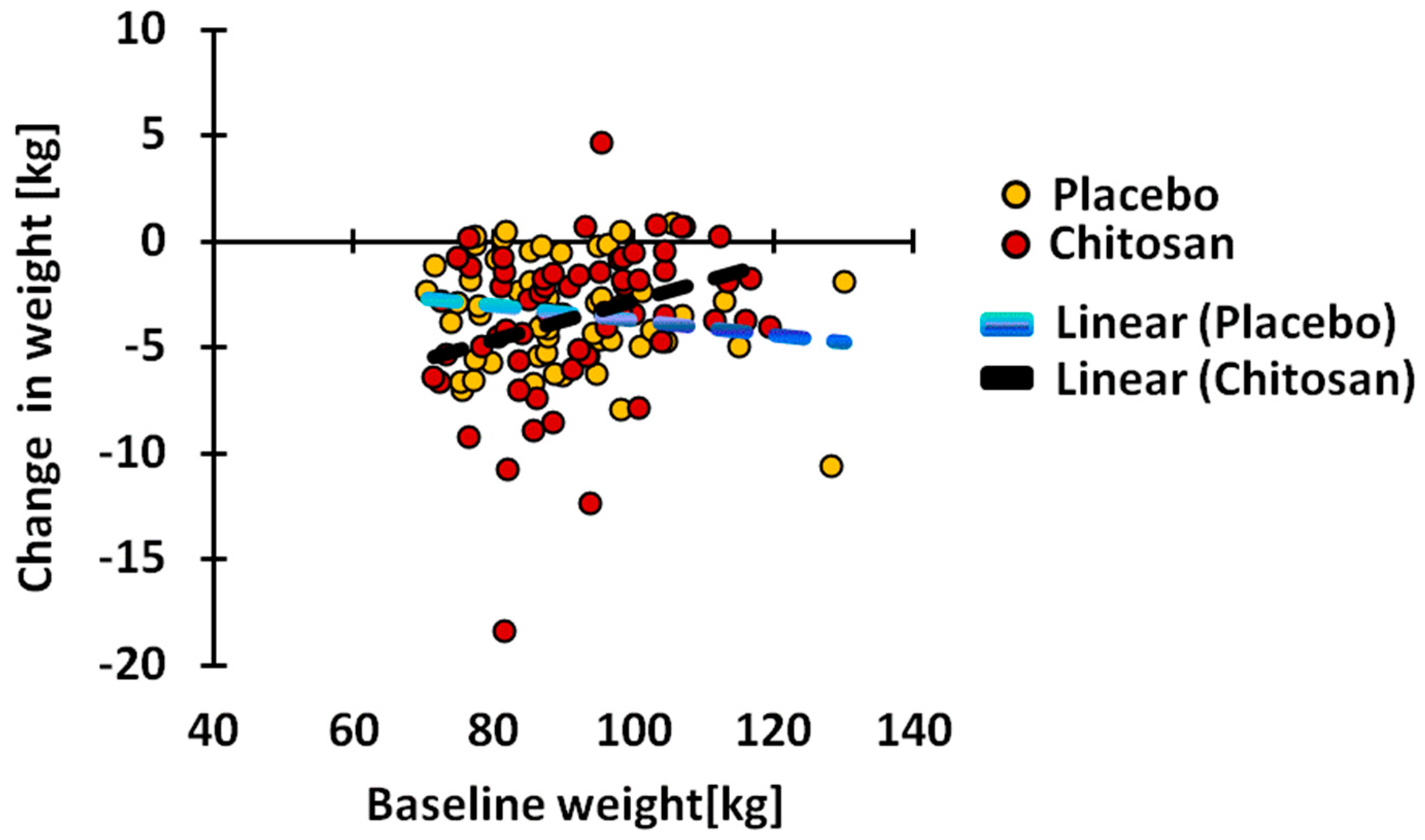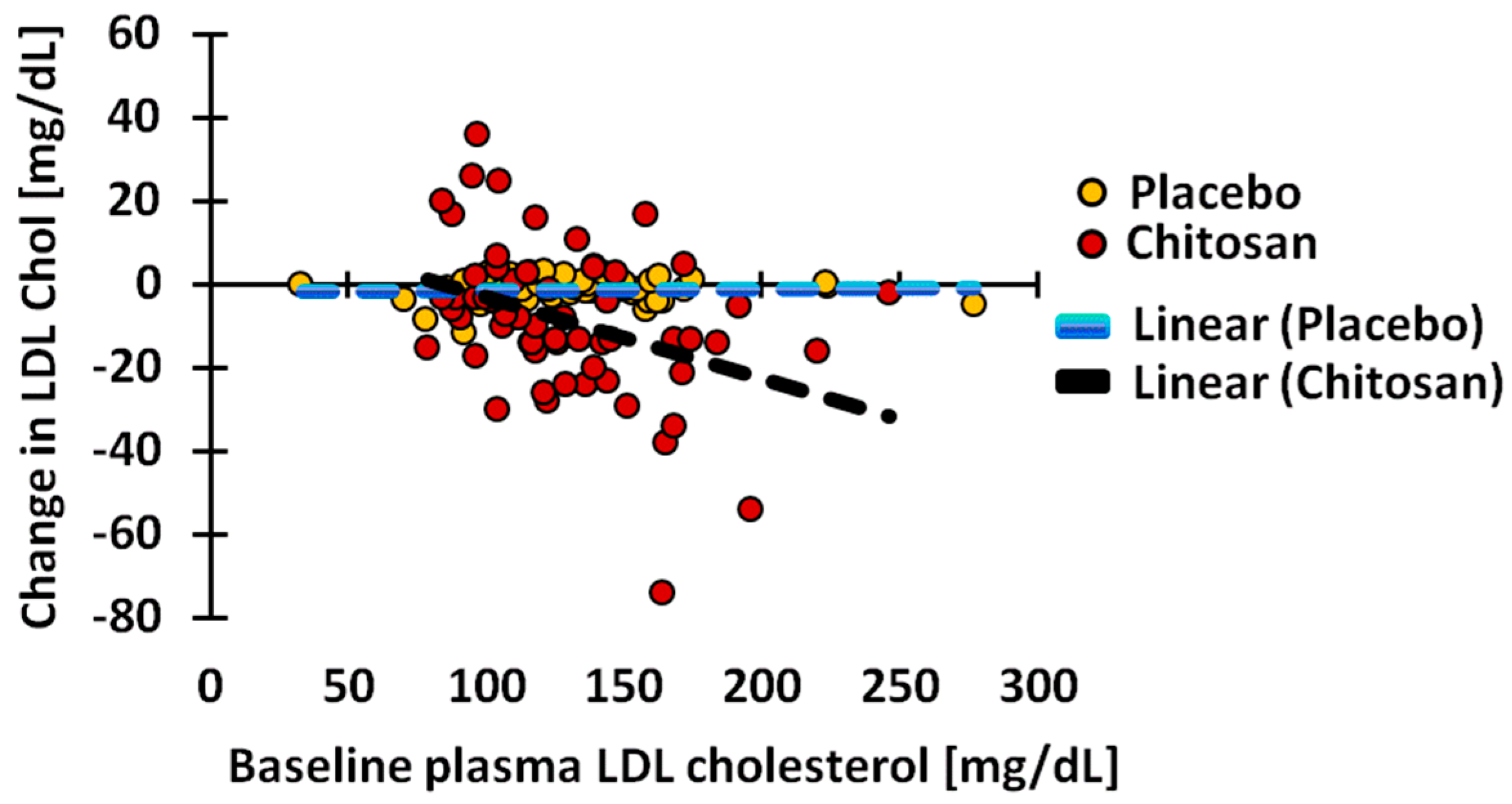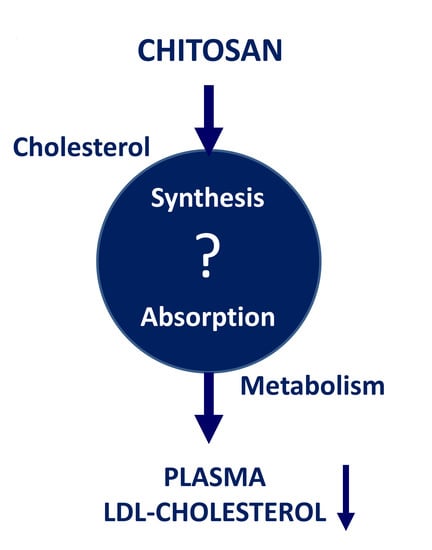2.1. Study Design and Population
This study was part of a larger clinical trial, designed as a 12-week, single center, randomized, placebo-controlled, double-blind, and parallel group study. The protocol was carried out with methods according to the guidelines for Good Clinical Practice (GCP) and the Declaration of Helsinki. It was approved by the Ethics Commission of the University Clinics Bonn (111/13-AMG-ff). Written informed consent was obtained from all participants. The study was performed at the phase I study unit of Study Center Bonn (Christoph Coch), Institute of Clinical Chemistry and Clinical Pharmacology (Gunther Hartmann), University Clinics Bonn, Germany. The trial participants were recruited through advertisements in a daily newspaper, via wall posters presented at the wards as well as information posted on the University Clinics Bonn intranet. No dependent individuals were included in this trial. The main inclusion and exclusion criteria for this study were as follows: age 18–65 years, Body Mass Index (BMI) 28–36 kg/m2 at the time of presentation, waist circumference >88 cm (women) and >102 cm (men). The absence of relevant diseases, e.g., cardiovascular, hepatobiliary and gastrointestinal, previous or active malignant, neurological or psychiatric diseases or conditions after surgery, was documented. Excluded individuals included diabetes mellitus type 1 and 2 patients, subjects with actual or suspected alcohol or drug abuse, subjects with weight reduction >5 kg within the last five months and subjects known to be allergic to crustaceans. Women at child-bearing age had to present a negative pregnancy test and provide evidence of proper use of contraceptives or other factors preventing pregnancy to occur during the study. Subjects were not allowed to participate in other clinical trials.
After stratification according to gender, patients were assigned to the respective groups using appropriate block randomization. We started our study with 129 volunteers. However, we only had all data from 116 volunteers for the final evaluation of our intention-to-treat population. The chief investigator, other investigators, study staff, bioanalysts and participants were all blinded to the treatment allocation, in accordance with the double-blind design.
Participants in the chitosan group (n = 61) received eight chitosan-containing tablets (Biopolymer3200, Certmedica International GmbH, Aschaffenburg, Germany), which were taken twice a day, as four tablets, with the main meal. Biopolymer 3200 tablets consist of (β-1,4-polymer of d-glucosamine and N-acetyl-d-glucosamine containing >80% chitosan, 5–10% vitamin C, 1–5% tartaric acid and 5–10% water.
The 55 participants in the placebo group received eight placebo tablets to be divided over two meals, which contained 122.50 mg microcrystalline cellulose, 372.50 mg calcium hydrogen phosphate, 5.00 mg magnesium stearate, 0.750 mg iron oxide yellow, 0.375 mg iron oxide, brown, 0.375 mg iron oxide black per tablet. During the study (nine follow-up visits), the remaining tablets were counted to check for compliance.
All subjects were advised to reduce their fat intake to 60–80 g fat per day and their energy intake by 500 kcal per day. During the first ten weeks of the study program, the participants participated in an eight-session nutrition information course, presented by professional dieticians. The intention of the course was to familiarize the subjects with their personal dietary habits and relate these to recommended standards for a healthy lifestyle. The program consisted of eight PowerPoint presentations explaining causes of becoming overweight and risks that being overweight has on the development of chronic diseases. Also, aspects of diet composition, energy intake and expenditure were presented.
The guidelines of the German Nutrition Society were followed [
21]. At each session, food intake and body weight were recorded. The subjects were provided with a take-home version of the PowerPoint presentations and a DVD with exercise recommendations. Adaption to the recommended diet was not monitored. All subjects continued the study program independent of personal follow-up to improve or not improve their lifestyle during the study program.
2.2. Blood Sampling and Sterol Analysis
Fasting blood samples were collected with S-Monovette® (7.5 mL, serum gel with clotting activator; Sarstedt AG & Co., Nümbrecht, Germany), before and after, 12 weeks of treatment. After centrifugation serum concentrations of total, HDL and LDL cholesterol were determined enzymatically in the central laboratory at the Institute of Clinical Chemistry and Clinical Pharmacology of the University Clinics of Bonn, accredited according to DIN EN ISO 15189:2014. Lipoprotein analyses are subject to internal quality control within the central laboratory and external quality assessment during successful participation in accredited ring trials evaluated by the German Reference Institute for Bioanalytics (RfB, Bonn, Germany), accredited according to DIN EN ISO/IEC 17043:2010.
All samples were analyzed with Siemens Dimension Vista® 1500 Intelligent Lab System (Siemens Healthcare GmbH, Erlangen, Germany) using Dimenson Vista Flex™ reagent cartridges (Siemens Healthcare GmbH, Erlangen, Germany). All procedures were performed according to the instruction leaflets for the different lipoprotein cholesterol Flex® reagent cartridges. After deacylation, free total cholesterol is oxidized in a reaction catalyzed by cholesterol oxidase to form cholest-4-ene-3-one and hydrogen peroxide. The latter oxidizes N,N-diethylaniline-HCL/4-aminoantipyrine to produce a chromophore that absorbs at 540 nm. This absorbance is directly proportional to the total cholesterol concentration (K1027, Siemens Flex® reagent cartridge; Siemens Healthcare GmbH, Erlangen, Germany). The HDL assay (K3048A, Siemens Flex® reagent cartridge; Siemens Healthcare GmbH, Erlangen, Germany) uses a two-reagent format. Dextran sulfate, in the presence of magnesium sulfate, complexes with chylomicrons, very low density lipoproteins (VLDL) and LDL. The residual HDL cholesterol esters are deacylated by polyethylene glycol-modified cholesterol esterase and the free HDL cholesterol is oxidized to ∆4-cholestenone and hydrogen peroxide. The latter reacts with 4-aminoantipyrine and N-(2-hydroxy-3-sulfopropyl)-3.5-dimethoxyaniline in the presence of peroxidase to a colored dye that is measured using a bichromatic technique. The LDL cholesterol assay (K3131, Siemens Flex® reagent cartridge; Siemens Healthcare GmbH, Erlangen, Germany) is a homogenous method for directly measuring serum LDL cholesterol levels. The method is in a two-reagent format and depends on the properties of a detergent which solubilizes only non-LDL particles in the first step. Detergent 2 solubilizes the remaining LDL particles. The soluble LDL cholesterol is then oxidized by the actions of cholesterol esterase and cholesterol oxidase, forming cholestenone and hydrogen peroxide. The enzymatic actions of peroxidase produce color in the presence of N,N-bis(4-sulfobutyl)-m-toluidine, disodium salt and 4-aminoantipyrine that is measured using a bichromatic endpoint technique.
The serum concentrations of the surrogate markers of cholesterol absorption (campesterol, sitosterol, cholestanol), cholesterol synthesis (lathosterol, lanosterol, desmosterol) and bile acid synthesis (7α-hydroxy-cholesterol, 27-hydroxy-cholesterol) were measured with gas chromatography-mass spectrometry-selected ion monitoring [
22,
23]. The trimethylsilyethers of the sterols and oxysterols were separated on a DB-XLB (30 m length × 0.25 mm internal diameter, 0.25 μm film) column (Agilent Technologies, Waldbronn, Germany) using the 6890N Network GC system (Agilent Technologies, Waldbronn, Germany). Epicoprostanol (Steraloids, Newport, RI, USA) was used as an internal standard, to quantify the non-cholesterol sterols, and deuterium labeled oxysterols (Medical Isotopes, Pelham, NH, USA) were used for the isotope dilution-mass selective detection and quantification (MSD) of the bile acid precursors on a 5973 Network MSD (Agilent Technologies, Waldbronn, Germany). In order to correct these markers for total cholesterol from the same sample, we measured total cholesterol by gas chromatography-flame ionization detection on an HP 6890 GC system (Hewlett Packard, Waldbronn, Germany), equipped with a DB-XLB (30 m length × 0.25 mm internal diameter, 0.25 μm film) column (Agilent Technologies, Waldbronn, Germany) using 5a-cholestane (Steraloids, Newport, RI, USA) as internal standard [
24]. These ratios, indicated as R_sterols or R_oxysterols, were used as markers of cholesterol absorption, synthesis and catabolism (=bile acid synthesis). Measurement of sterols and oxysterols were evaluated according to good laboratory practice and the measurements were supervised by an internal quality control system.







